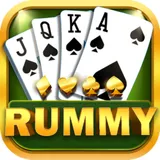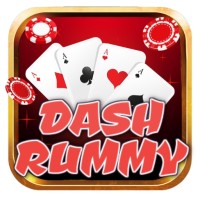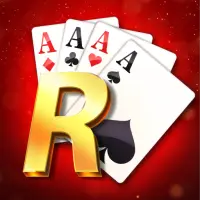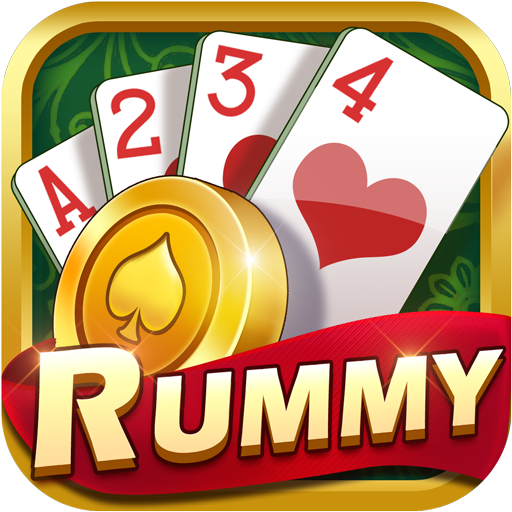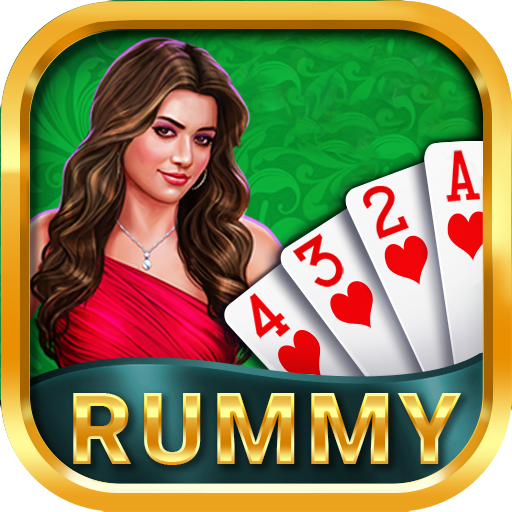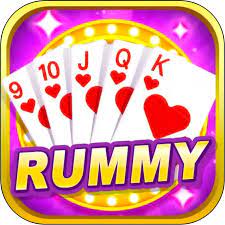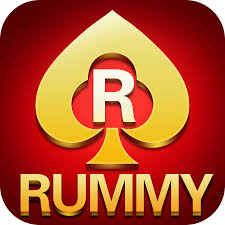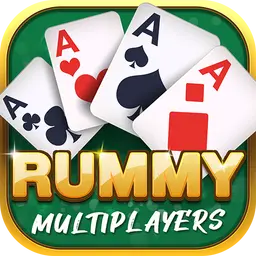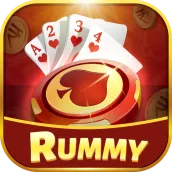Sure! Here’s an article about Rummy cards that covers the basics, history, variations, and how to play:
—
Understanding Rummy Cards: A Classic Game of Skill and Strategy
Rummy is one of the most popular card games around the world, known for its blend of strategy, memory, and a bit of luck. Played with standard playing cards, Rummy has evolved into many exciting variations across different cultures. Whether it’s a casual game with friends or a competitive online match, Rummy offers endless entertainment. Also Download Happy Teen Patti
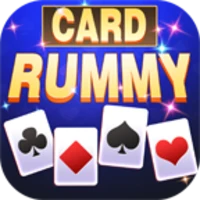
What Are Rummy Cards?
Rummy is usually played with a standard 52-card deck. In games with more players or in specific versions (like Indian Rummy), two decks are often combined, sometimes including jokers. The cards are ranked from Ace (which can be low or high) to King, and each suit—hearts, diamonds, clubs, and spades—holds equal value.
Jokers (either printed or wild cards chosen at random) play a crucial role in many Rummy variants, often used to substitute for missing cards in sequences or sets.
Basic Objective
The goal of Rummy is to form valid combinations from the cards in hand. These combinations can be:
Sequences (or runs): Three or more consecutive cards of the same suit (e.g., 4-5-6 of hearts).
Sets (or groups): Three or four cards of the same rank but different suits (e.g., 8 of hearts, 8 of spades, 8 of clubs).
To win, a player must arrange all (or most) of their cards into such valid combinations and declare.
Brief History
Rummy’s roots are debated, but many believe it evolved from the Mexican game Conquian, dating back to the 19th century. As it spread across North America and Europe, various regional versions emerged, each adding unique twists to the rules and scoring.
Popular Rummy Variants
Gin Rummy: A two-player version that became hugely popular in the U.S. during the early 20th century.
Indian Rummy: Typically played with 13 cards and two decks, it’s one of the most popular formats in South Asia.
Rummy 500: Players can draw from the discard pile, and points are tallied over several rounds.
Kalooki / Kaluki: A variant popular in Jamaica and other regions with complex rules and higher stakes.
Royal Rummy (Rummy 51): A blend of Rummy and poker-style hands, often with escalating rounds.
How to Play (Basic Version)
1. Setup: Each player is dealt a certain number of cards (commonly 10, 13, or 7 depending on the variant). The rest of the cards form a draw pile, with one card placed face-up to start the discard pile.
2. Gameplay: Players take turns drawing from the pile or discard stack and then discarding one card. The aim is to build sequences and sets.
3. Declaration: When a player believes they have a valid hand, they can declare and show their combinations.
4. Scoring: Points are awarded or deducted based on remaining cards in opponents’ hands. Face cards are typically worth 10 points, aces 1 or 11, and numbered cards as per their face value.
Strategy Tips
Try to form pure sequences early (without jokers), as many variants require at least one.
Keep track of discarded cards to guess opponents’ hands.
Use jokers wisely to complete difficult sets.
Discard high-value cards if you’re unsure you can form combinations, to reduce penalties.
Final Thoughts
Rummy is more than just a card game—it’s a mental workout, a social activity, and a tradition passed down through generations. Its many versions ensure there’s a style of Rummy for everyone, from casual players to serious strategists. Whether you’re shuffling cards at a kitchen table or competing online, Rummy continues to charm players worldwide with its elegant mix of chance and clever play.
—
Would you like me to turn this into a blog post, a printable PDF, or expand on a specific variation like Royal Rummy or Gin Rummy? Also Download Teen Patti Club


